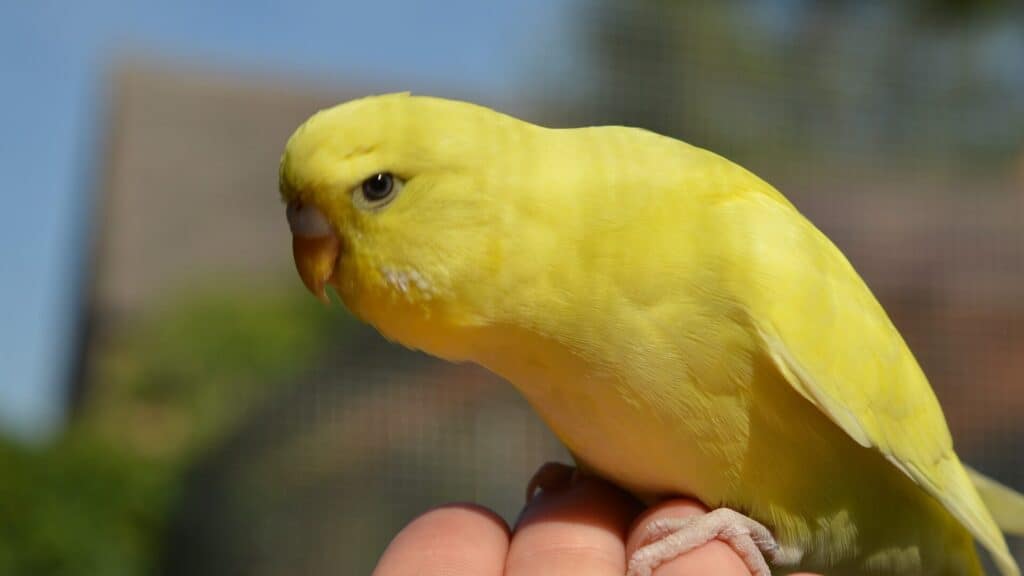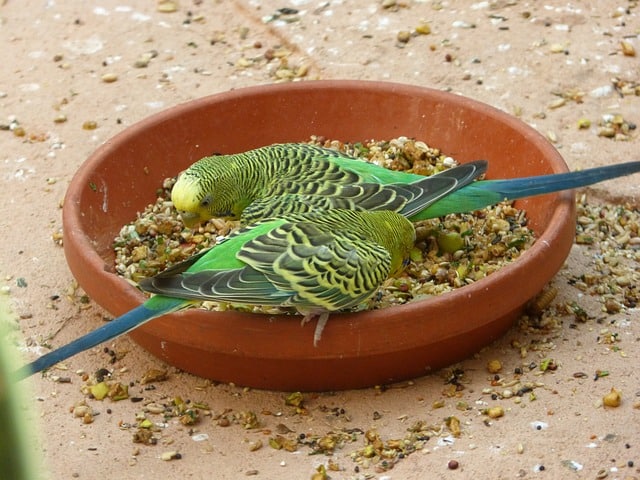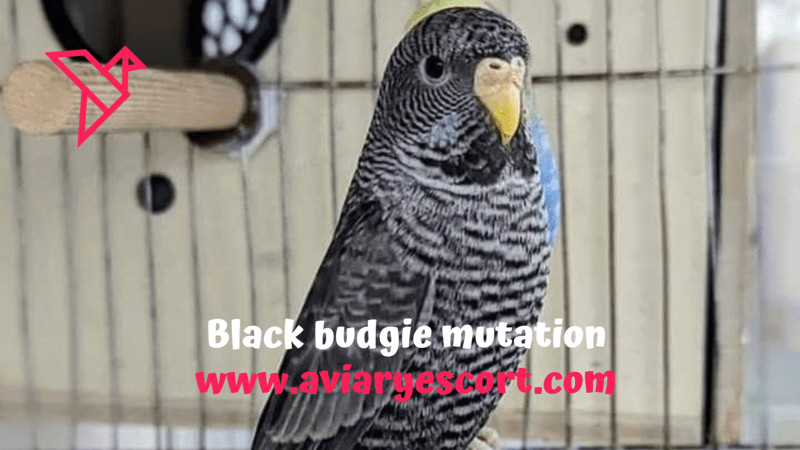Budgies, also known as parakeets, are popular pets known for their vibrant colors, playful personalities, and ability to mimic human speech. As responsible pet owners, it is essential to ensure that our budgies are happy and content in their environment. In this article, we will explore various tips and techniques to make your budgie happy. From creating a comfortable living space to providing mental stimulation and social interaction, we will cover all aspects that contribute to the well-being of these delightful feathered companions.
1. Creating a Comfortable Living Space
To ensure your budgie’s happiness, it is crucial to create a comfortable living space that meets their basic needs. Here are some key considerations:
a) Proper Cage Size
Choose a cage that is spacious enough for your budgie to move around freely. The recommended cage size for a single budgie is at least 18 inches in width, depth, and height. For multiple budgies, opt for a larger cage to accommodate their social nature.
b) Cage Placement
Place the cage in a well-lit area, away from direct sunlight and drafts. Budgies thrive in environments with consistent temperatures, so avoid placing their cage near air vents or windows that may cause temperature fluctuations.
c) Comfortable Perches
Provide a variety of perches in the cage to mimic their natural habitat. Opt for different sizes and textures, such as wooden dowels and natural branches, to promote foot health and prevent discomfort.

d) Suitable Bedding
Choose a safe and absorbent bedding material for the cage floor. Avoid using cedar or pine shavings as they can be harmful to budgies’ respiratory systems. Opt for paper-based bedding or corn cob granules instead.
2. Providing a Balanced Diet
A nutritious diet plays a vital role in keeping your budgie happy and healthy. Ensure they receive a well-balanced diet consisting of the following:
a) High-Quality Pellets
Offer high-quality budgie pellets as the main staple of their diet. These pellets contain essential nutrients and are formulated to meet the specific dietary needs of budgies. Choose pellets that are free from artificial colors and preservatives.
b) Fresh Vegetables and Fruits
Introduce a variety of fresh vegetables and fruits to supplement your budgie’s diet. Some suitable options include leafy greens, carrots, bell peppers, and apples. Ensure you wash the produce thoroughly and remove any uneaten portions promptly.
c) Mineral and Grit Supplements
Provide mineral blocks and grit supplements to aid in digestion and provide essential minerals. These supplements help maintain a healthy beak and promote overall well-being.
3. Mental Stimulation and Enrichment
Budgies are intelligent creatures that require mental stimulation and enrichment to thrive. Here are some ways to keep them engaged:
a) Toys and Playtime
Offer a variety of budgie-safe toys, such as bells, mirrors, and puzzle toys, to keep your budgie entertained. Rotate the toys regularly to prevent boredom. Additionally, dedicate daily playtime outside the cage to allow for exploration and exercise.

b) Music and Sounds
Budgies are known for their love of music and mimicry. Play calming music or provide a radio or television in the background to create a stimulating auditory environment for your budgie. They will enjoy listening to different sounds and may even start to imitate them.
c) Training and Trick Teaching
Engage your budgie in training sessions to teach them simple tricks and commands. Use positive reinforcement techniques and reward them with treats for successful attempts. Training not only provides mental stimulation but also strengthens the bond between you and your budgie. you can teach your budgie how to talk by following these easy steps!
4. Social Interaction and Companionship
Budgies are highly social birds that thrive on companionship. Here’s how you can ensure they receive the social interaction they need:
a) Budgie Bonding
Spend quality time bonding with your budgie. Offer gentle interactions, such as talking softly, singing, or reading aloud, to help them become familiar with your presence and voice. Gradually introduce hand-taming techniques, respecting their comfort levels.
b) Buddy System
Consider getting a companion budgie if you have a single budgie. Budgies are flock animals and enjoy the company of their own kind. Introducing a compatible budgie can provide them with a constant source of companionship and reduce feelings of loneliness. Read more How Many Budgies Should I Get?
c) Out-of-Cage Time
Allow your budgie supervised out-of-cage time in a bird-safe environment. This freedom allows them to stretch their wings, explore their surroundings, and interact with you outside the confines of their cage. Ensure the area is free from potential hazards and always keep an eye on them.

Conclusion
By following these tips and techniques, you can create a happy and fulfilling life for your budgie. Remember to prioritize their physical and emotional well-being by providing a comfortable living space, a balanced diet, mental stimulation, and social interaction. Your efforts will be rewarded with a cheerful and content budgie companion.
Read more How to Care For a Budgie? (Complete Guide)
Frequently Asked Questions
Q1: Can budgies be kept alone?
A1: While budgies can be kept alone, they are highly social birds and thrive in the company of their own kind. Consider getting a companion budgie to provide them with companionship and reduce feelings of loneliness.
Q2: How often should I change the cage bedding?
A2: It is recommended to change the cage bedding at least once a week or more frequently if it becomes soiled. Regular cleaning helps maintain a hygienic living environment for your budgie.
Q3: Can budgies eat chocolate?
A3: No, chocolate is toxic to budgies and should never be given to them. Stick to a diet of budgie pellets, fresh vegetables, and fruits to ensure their nutritional needs are met.
Q4: How long does it take to train a budgie?
A4: Training a budgie requires patience and consistency. The duration may vary depending on the individual budgie and the complexity of the tricks or commands being taught. It is best to start with simple training exercises and gradually progress from there.
Q5: How can I tell if my budgie is happy?
A5: A happy budgie exhibits signs such as singing, chirping, playing with toys, and interacting with its environment. They also have a healthy appetite, vibrant feathers, and appear active and alert.












